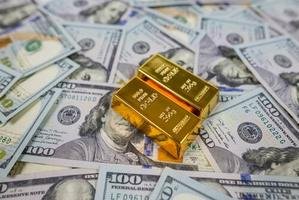The presence of hemocyanin, a copper-based respiratory pigment, is what gives it a blue colour.
Ever wondered about creatures in the world which have unique traits that are essential to human life? There is a creature that has existed for approximately 450 million years and predates even dinosaurs. This creature provides valuable blood, blue gold, which is also the most expensive blood in the world, it is sold for over Rs 12 lakh per litre. It is stored and preserved for medical purposes, and humans often rely on these creatures. It is a horseshoe crab.
Horseshoe crabs have shells and a tail in their body, and possess blue blood. The presence of hemocyanin, a copper-based respiratory pigment, is what gives it a blue colour. Reportedly, these crabs are extremely valuable, as their expensive blood is of immense medicinal value. Their blood contains a protein called Limulus Amebocyte Lysate (LAL), which is used to detect endotoxins. These bacterial substances cause severe reactions, including fever and even death, and blue gold acts as a crucial component for testing medical and drug products.
Horseshoe crabs are primarily found off the coast of the Atlantic Ocean in America. To obtain their blood, nearly 6,00,000 crabs are collected each year, and after the bleeding process, of these creatures 10 to 30 per cent of crabs do not survive. While the surviving crabs are returned to the water, however, their recovery remains uncertain.
In 2016, the International Union for the Conservation of Nature listed the American horseshoe crab as vulnerable on its red list, just one step away from being endangered. This indicates how the blood collected impacts their population. These crabs face threats from various human activities as they are also used as fishing bait in the US and are considered a delicacy in some Asian countries. Thus, overharvesting and coastal habitat destruction have resulted in decline in their population. To conserve them, regulations on harvesting have been implemented in many areas, and captive breeding programs have been established to ensure the species’ survival. Meanwhile, Horseshoe crabs primarily feed on worms and molluscs living on the ocean floor. They may also feed on crustaceans and even small fish, foraging usually takes place at night.






